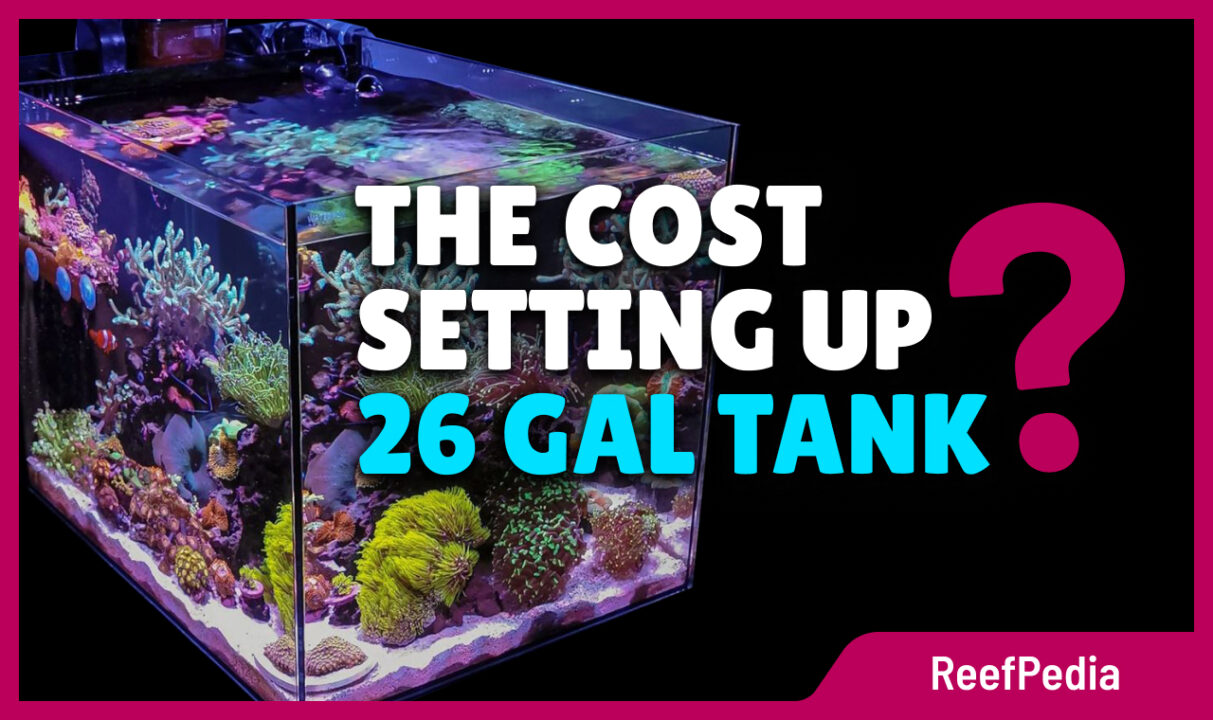
How to Maintain a Freshwater Aquarium
10 Low Maintenance Fish: The Easiest Fish to Care for in Your Aquarium
The larger the tank, the smaller the chance of mistakes having a huge impact. Use the bucket with the siphoned water to give the filter a good rinse. You’ll need the bucket for the water you’ll be siphoning out during water changes. In low levels, nitrates are not harmful for your fish, but high levels are toxic. Once ammonia and nitrite levels are no longer detectable and you can detect nitrates, it means the cycle is completed. This ammonia is highly toxic for you fish, so what you need to do is perform a fishless cycle.
Choosing Fish and Aquatic Plants
Though they’re generally peaceful, it is best to avoid keeping two males in the same aquarium, as they can be territorial. Another key feature of beginner-friendly fish is a peaceful temperament. Beginners gravitate towards community tanks as they provide greater variety and interest, which is why they need to select fish that can get along with their tankmates. Replicating natural water conditions can be challenging for even seasoned fishkeepers, and beginners are likely to find this extra-challenging. Thus, it is important to pick species that can tolerate a wider range of water conditions, and adapt to different environments.
How to Maintain a Freshwater Aquarium: A Complete Guide to Keeping Your Tank Clean and Healthy
- These are the least expensive option and work very well for smaller tanks.
- In fact, when you’re starting the tank, it’s best if you only feed them every other day to avoid creating excess waste in the tank.
- They prefer a well-planted tank with plenty of hiding spots to mimic their natural habitat.
- When kept in a community aquarium, they are well-behaved and will leave other fish and corals alone.
- You need to think about where you’ll place it and what type will suit your needs.
- By choosing the right equipment, plants, and decor and setting up effective filtration, you'll create an aquatic ecosystem that largely takes care of itself.
Maintaining the right salt levels in your aquarium is crucial for the health of your fish. Different types of tanks require specific amounts of salt for optimal conditions. This article will guide you through the ideal salt levels for different types of aquariums. You’ll learn about the benefits of using salt, how it affects your fish, and practical tips to get it just right.
Even if you’ve chosen hardy fish as your starter fish, you’re still going to expose them to toxins, which will eventually reflect in their health. It goes without saying that adding small fish to a tank with larger fish is also a no-no, since the bigger fish will mistake the smaller ones for food. So, you’ll need to perform water changes and clean the tank regularly to keep nitrate levels under control. If you add fish to a tank that hasn’t gone to a cycling process, ammonia levels will spike because of the waste fish generate.Stable water conditions and a balanced diet of flake food, supplemented with occasional live or frozen treats, will support their health and vibrant colors. Beginners will appreciate their easygoing nature and the lively dynamics they introduce to the tank. While they can adapt to a variety of water conditions, maintaining clean and well-oxygenated water will ensure their health and happiness. Their diet should include sinking pellets and occasional live or frozen foods to mimic their natural foraging habits.

